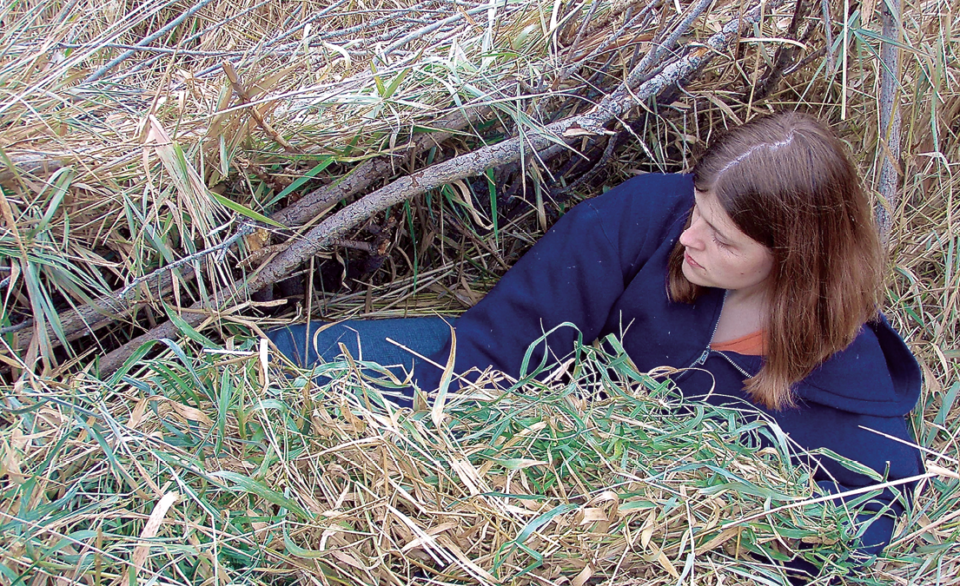It can happen anywhere—becoming critically disoriented after wandering off a trail, losing vital gear after a canoe capsized or simply becoming camp bound in a remote location due to severe weather—just some of the many circumstances that can turn even a casual weekend camping experience into a survival situation.
The Alaska Marine Safety Institute developed a list of sequential steps to take when in a survival situation. Initially introduced to commercial fishermen and the U.S. Coast Guard, these “Seven Steps to Survival” are a prioritized sequence of actions that can help guide one through an emergency regardless of their skill levels—wherever, whenever caught in a survival situation.
The Seven Steps to Survival
Acknowledge and Accept That You Are In Serious Trouble
It may be hard to admit that you’re actually in a survival situation. Your first action, once out of immediate harm’s way, is to stop, relax and gain your composure. It’s important to kickstart a positive mental attitude and realize and accept that you are in a potentially life-threatening situation.
Do an Inventory
Depending upon what caused your emergency in the first place (capsized, severe weather, etc.) you may need to seek out a more secure/safe base of operation. Once you are safe, check/treat yourself and others for injuries, and scan the area for any potential resources you might utilize for shelter, tools, etc.
Create a Shelter
Sure, fires are great, but secure a shelter first, even if it’s only make-shift for starters. If you are spending valuable time trying to light a fire and the weather suddenly deteriorates, having no shelter just makes things even worse. Learn basic shelter construction—from leaf/brush piles to lean-to’s to covered, framed-in structures. Once you have protection from the elements, you can get a fire going for warmth, cooking, etc.
Make Signals
The internationally-recognized emergency single is a trio of lights (or three bright fires, three columns of smoke). Create these in a clearing or high point of land and construct them so they can be quickly and easily ignited when needed. Bright-colored clothing or gear can be waved overhead to draw attention, too.
Find a Source of Water, Stay Hydrated
Locating the cleanest source of water can be a life saver. Learn how to make it safe to drink (treated naturally through exposure to sunlight or filtered through a vertical column of moss, charcoal and sand). Even wiping the dew off leaves or other surfaces with a piece of clothing (bandana, sock, etc.) until saturated, can be rung out to drink. Seek out a water source as part of your initial inventory.
Eat/Food
You need food for energy, stamina and even for its psychological benefits, but humans can go several days, perhaps a few weeks without it. Two axioms about survival food: If you don’t know what it is, don’t eat it and just because it’s edible, doesn’t mean it’s going to taste good.

Play!
It’s all about composure, staying calm and focused—maintaining your positive mental attitude. Your best survival tool is right between your ears.
These seven steps can be repeated as needed and acted upon accordingly. Regardless if your only forays into the outdoors are through participation in casual recreational activities, the more basic skills you have, the better you may be at coping in a survival situation. Simply spraining an ankle a half-mile from your public campsite could leave you stranded overnight without any protection from the elements. An accidental swamping of your canoe could mean you are stuck without a tent or gear pack.
These seven steps to survival are a basic list of sequential steps anyone can follow and repeat as necessary to help them deal with an emergency situation, regardless of how minor or extreme the situation.
By Tom Watson




